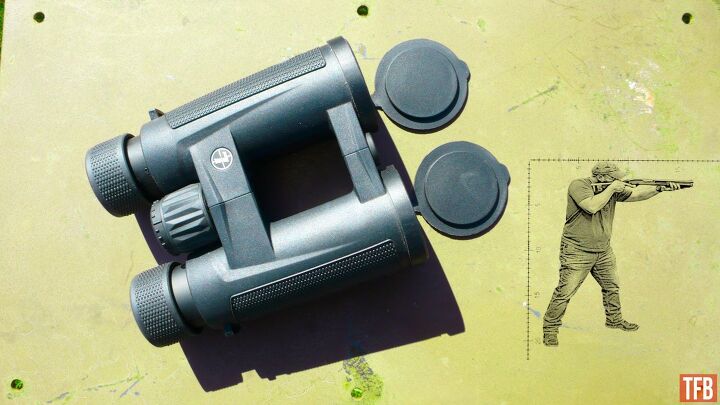Earlier this year, Leupold Optics relaunched their BX-T binocular that features a mil-rad reticle for ranging targets. I happen to like binoculars and work on range estimation, so I immediately requested a sample from Leupold. Some people would easily write this off given the proliferation of laser rangefinders, but hunters and precision shooters know that atmospheric conditions don’t always provide a clear path for lasers. Thus, the Leupold BX-T binocular offers a lower tech, analog option to still get rounds on target. Let’s see how they fared.
Leupold Optics @ TFB:
- TFB Review: Leupold Custom Dial System
- TFB Review: Leupold Mark5 HD 5-25×56 PR2 Reticle
- Leupold DeltaPoint Pro Gets Larger Red Dot: 6 MOA
- Leupold Introduces Three BX HD Binoculars, Including One With Mil Reticle
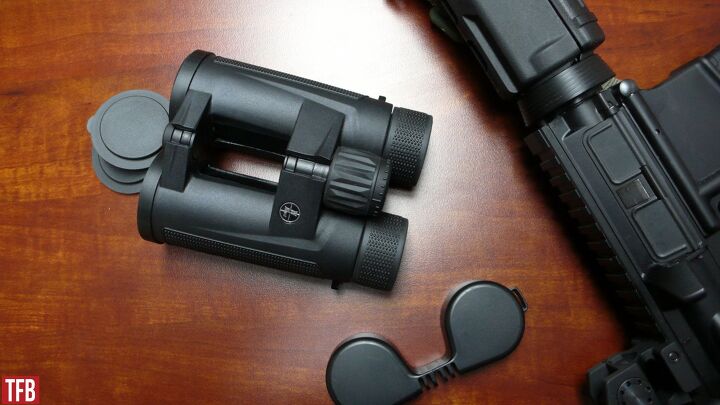
LEUPOLD BX-T BINOCULAR: INITIAL IMPRESSIONS
Aside from the unique MIL-L reticle, the Leupold BX-T binocular comes with a 10x magnification and 42mm objective lenses for an overall blend of low light capability and portability, with a weight of 26 ounces. The BX-T is coated with a rubberized material, which feels more like a protective covering than for gripping. The rubberized cover isn’t slippery, but the outermost portion of both barrels are textured with Leupold’s name embossed on the right side, while the left side boasts Leupold’s crosshair logo. The BX-T binocular stands out from the rest of its BX classmates in that it’s completely black. The eyepieces are also covered in a textured rubberized coating for easy manipulation and have a soft lock into each of the two positions of eye relief.
The diopter adjustment is quite unique in that it’s located on the focus wheel, and can be locked once set. To adjust the diopter ring, pull the cap between the eyepieces toward your eyes, it can then be adjusted to your vision, then push the cap forward to lock it. I liked that I could set the diopter to myself without having the kids inadvertently knock it out of place. The knurled focus wheel turns easily and is not hindered while adjusting the diopter.
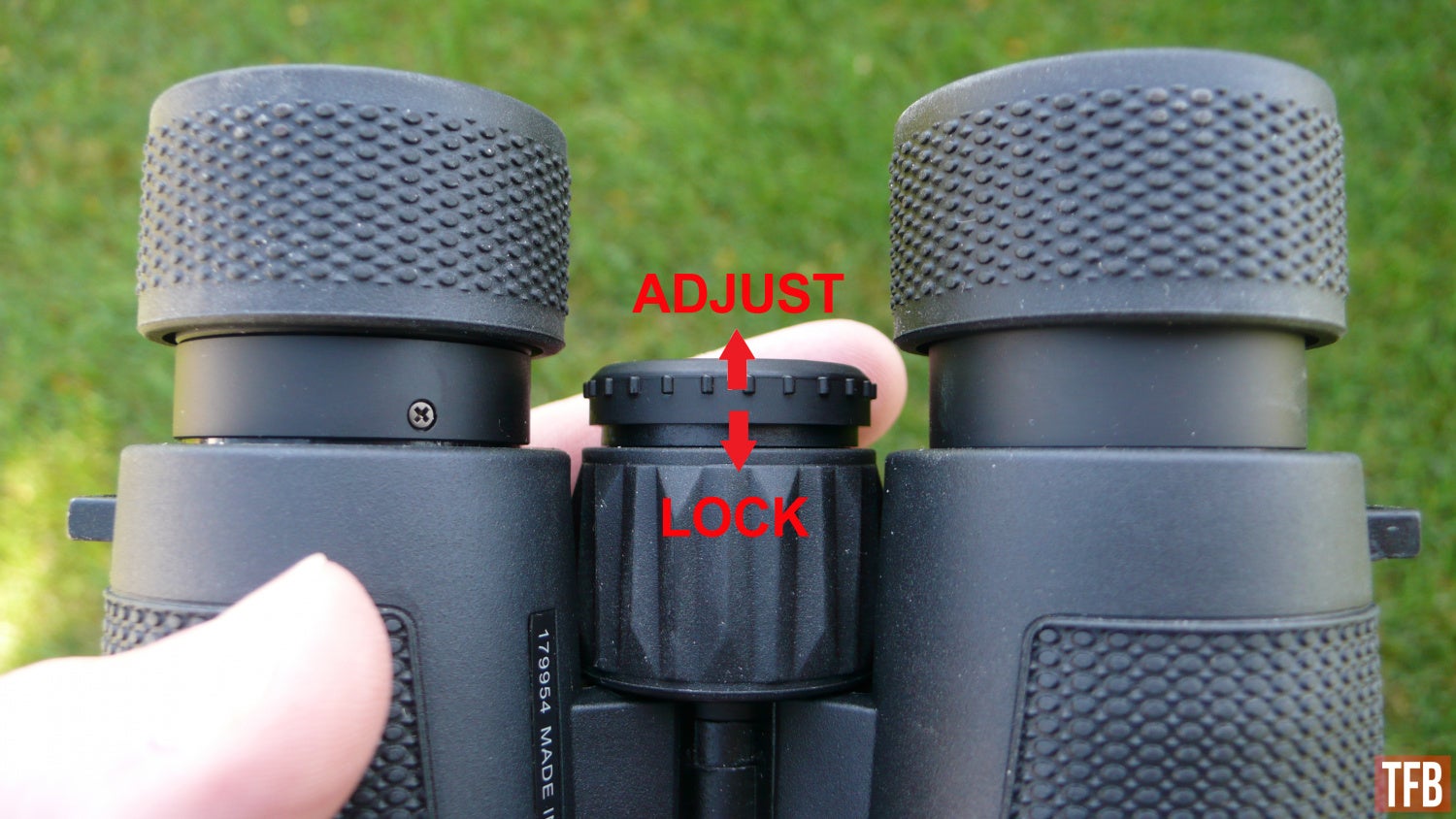
I love the feel of the Leupold BX-T binocs, they fit perfectly in my medium sized hands, the rubber coating doesn’t feel thin or cheap, and has an aesthetic, aggressive look. Even though there are two bridges between each barrel, my middle two fingers fit between them without feeling cramped. The bridge between the objective lenses holds the ¼ inch tripod adapter nut and is covered by a plastic cap when not attached to a mount. Now, let’s go glass some stuff and figure out the MIL-L ranging reticle.
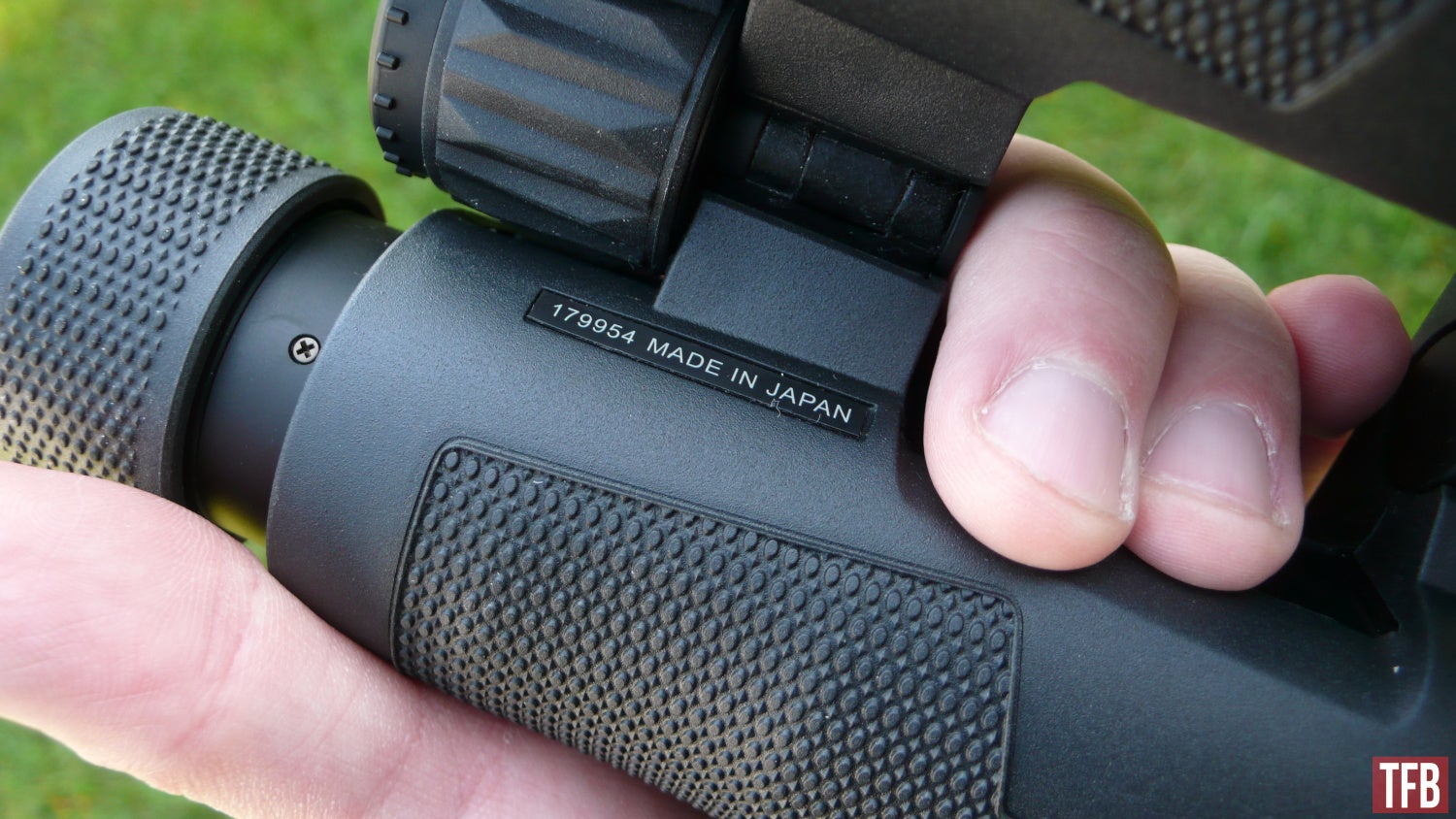
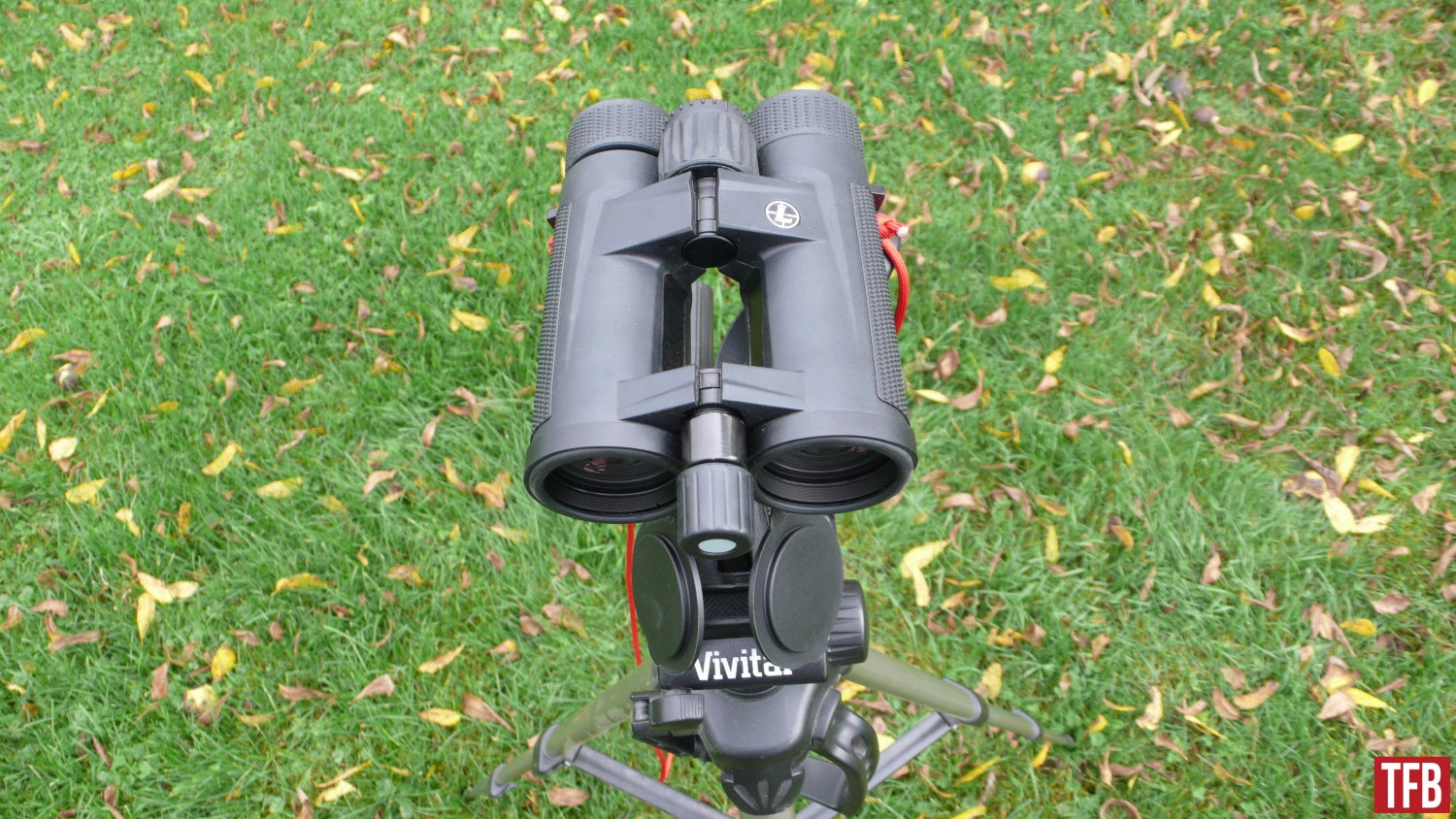
LEUPOLD BX-T BINOCULAR: FIELD USE
The Leupold BX-T binocular is usable with any purpose in mind, whether you need the reticle or not. The reticle wasn’t distracting, but sometimes it just felt like it was in the way of what I was trying to look at if I didn’t need to range it. In that case, I would usually just offset my object from the reticle, or twist the left eyepiece to turn the reticle until it looked like a chevron rather than an “L”. If you want this binocular specifically for ranging, then you’ll want to consider that you’ll need to know the size of targets, or at least the averages of those targets if they’re alive. Using this binocular to range deer or coyotes might be a little tough given their varying heights, but averages might get you close enough, more on that shortly.

The HD glass is crisp and details are easily seen at distance, though it seems a bit fuzzy at the outermost edges. Interestingly, I found that I had to use my eyeglasses when using the BX-T binocs if I wanted to use the reticle. I was sometimes able to focus on both my target and the reticle without my glasses, but other times not, so it probably has to do with how I was relaxing my eyes. My son, who does not wear glasses didn’t have any trouble focusing on the reticle and target at the same time. The two photos below were taken through the non-reticled (is that a word?) barrel.
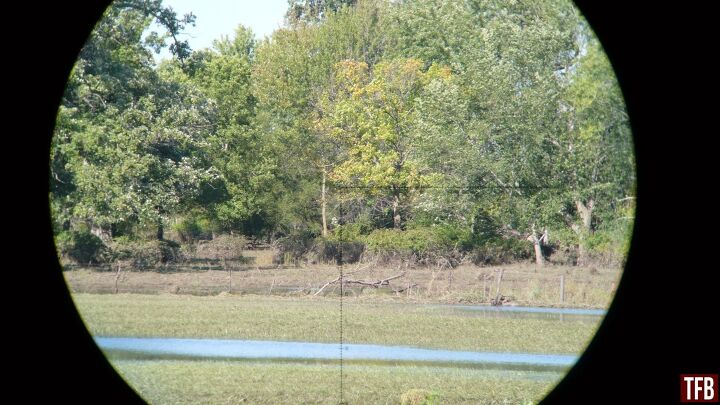

I took the BX-T binocs to my state’s Sniper/Observer school, in which we didn’t really have a need for the analog ranging due to the course structure, but they worked great for spotting shot placements on paper at 200 yards and in while watching the other guys’ targets. Watching steel targets beyond 200 worked well too.
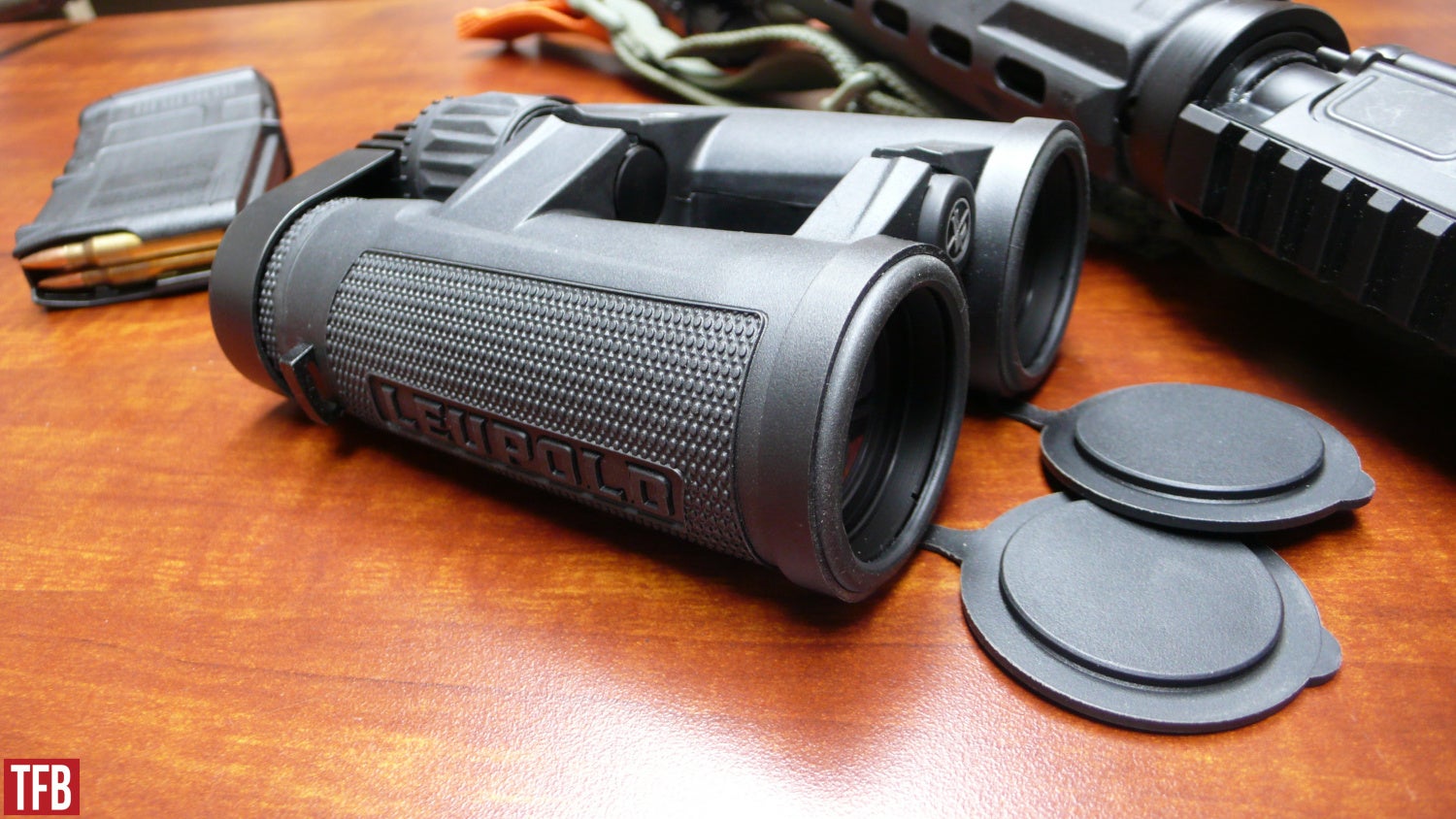
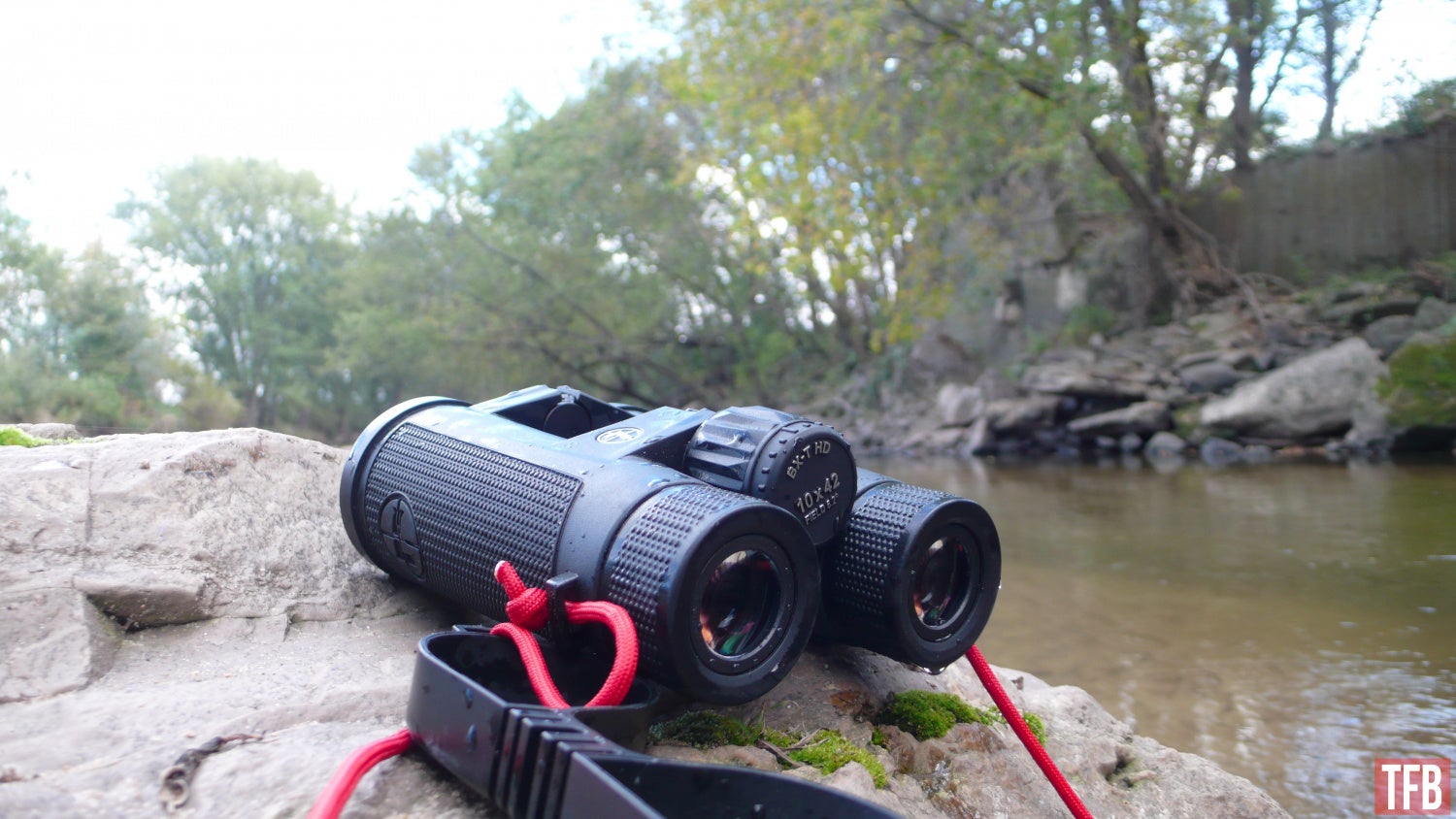
The BX-T binocs held up to the waterproof claim. This photo was right after a couple minute dip underwater.
RANGING
There’s a couple different ways to calculate range using the Leupold MIL-L reticle. My favorite way is pretty quick, but I’ve seen two different ways to calculate it. Target size in inches, multiplied by 27.8 (constant, some sources say to use 27.77), divided by the number of MIL’s your target takes up in height or width.
- INCHES x 27.8 ÷ MILS = RANGE IN YARDS
- CM x 10 ÷ MILS = RANGE IN METERS
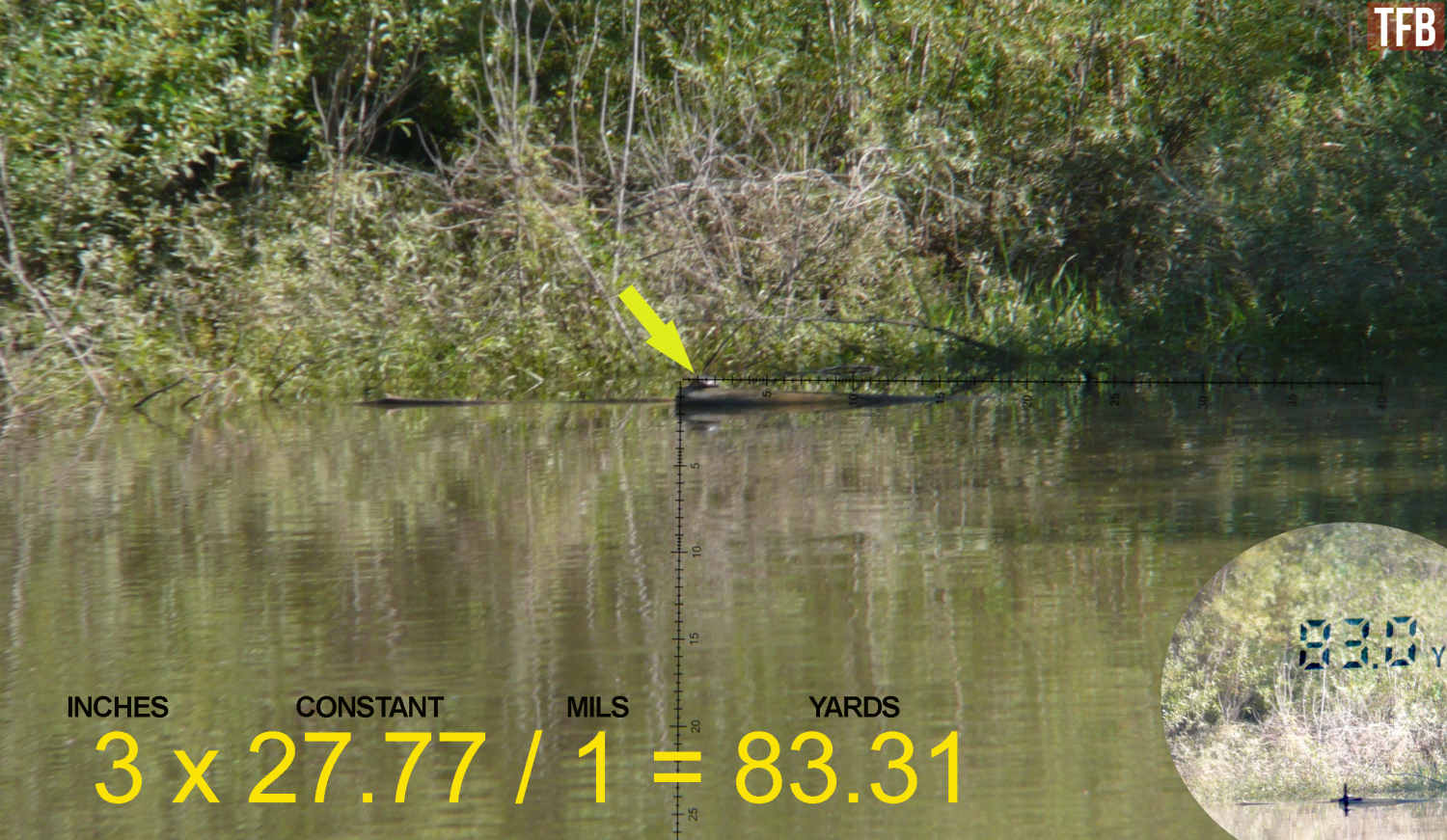
I estimated this turtle on the log to be about 3 inches tall, did the math and calculated it to be about 83 yards away. I then used my laser range finder to verify (inset).
Since this is billed as a tactical scope, I ran some numbers using a several adult male heights and chose a hypothetical MIL number to see how accurate this system is. I’ll show an example below, then discuss the other ranges.
- 70” x 27.8 ÷ 30 MILS = 64.8 YARDS
- 72” x 27.8 ÷ 30 MILS = 66.7 YARDS
- 77” x 27.8 ÷ 30 MILS = 71.3 YARDS
As you can see, the above ranges for our hypothetical bad guys that take up 30 MILS in our reticle have a 7 yard difference, so at those ranges, a general hold for a shot between those distances isn’t going to matter much. I then ran those same bad guy heights as though they only took up 10 MILS, and ended up with a 20 yard spread in the 200 yard range. I was on a roll so I did the same heights as though they only took up 1.5 MILS, and ended up with a 130 yard spread between 1297 and 1427 yards. Thus, when only using averages on bad guys and animals, you might not get the most accurate calculation the further out you go. However, if you’re ranging something in the same plane as something more standard, such as a road sign or a 36 inch doorway, then the only thing left to scrutinize is how many MILS it takes up.
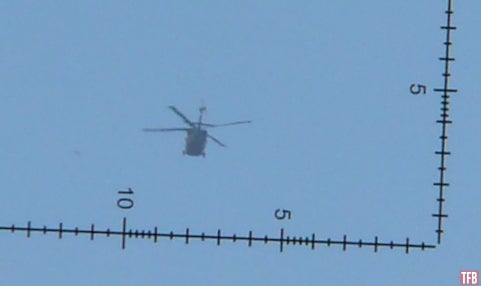
According to Wikipedia, a Blackhawk helicopter is 7 feet 9 inches wide. What do you get for a distance using the above formulas?
CONCLUSIONS
Overall, I really like the Leupold BX-T binoculars. They felt right at home in my hands and were useful for everything I would normally use binoculars for, even though I didn’t always need the ranging reticle. It took me a little bit to figure out to just use my eyeglasses in conjunction with the MIL-L reticle, but it worked perfectly when I did. One thing that may have helped would be a lighted reticle for low light or darker backdrops, but that would add complication and cost. While this binocular might not be for everyone, it can certainly come in handy as a low tech way to measure distances, and to have a good quality binocular with HD glass for general use in a convenient magnification to objective ratio. The Leupold BX-T binocular has an MSRP of $649.99 on Leupold’s website, where you can also check out the BX-T’s specs.
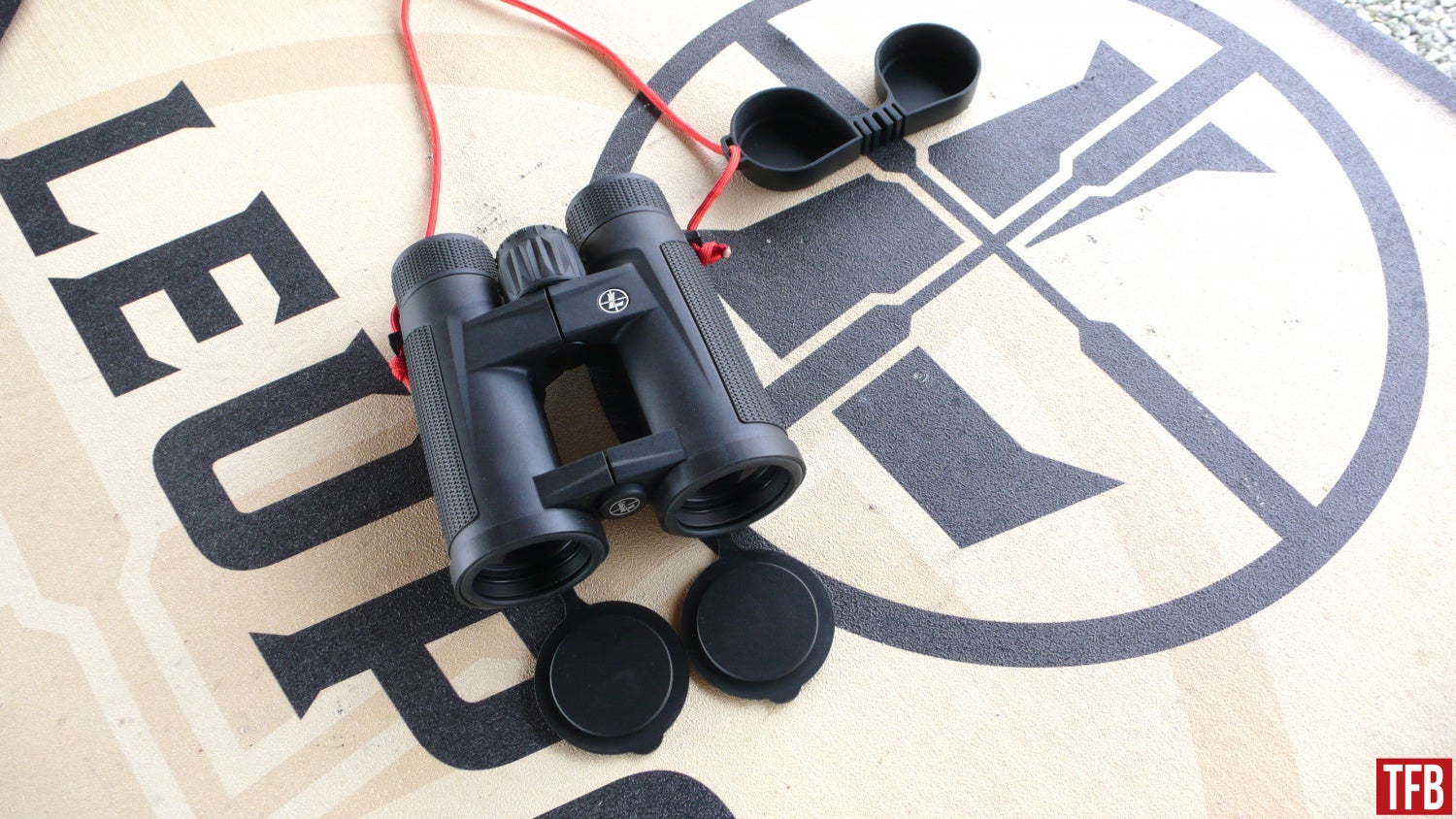
What do you think about Leupold’s BX-T binocular? If you’ve already been using this model, what has your experience been?
We are committed to finding, researching, and recommending the best products. We earn commissions from purchases you make using the retail links in our product reviews. Learn more about how this works.
 Your Privacy Choices
Your Privacy Choices
